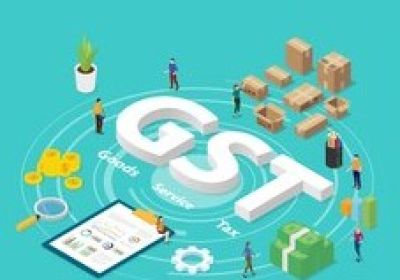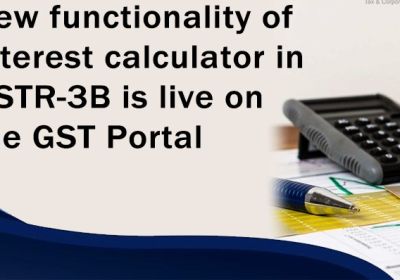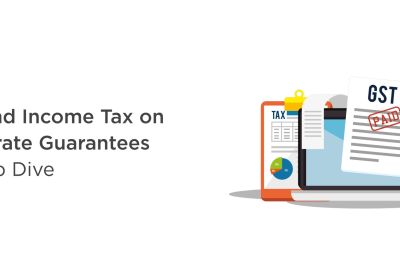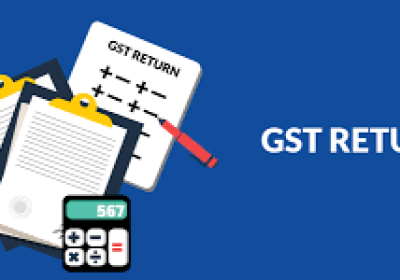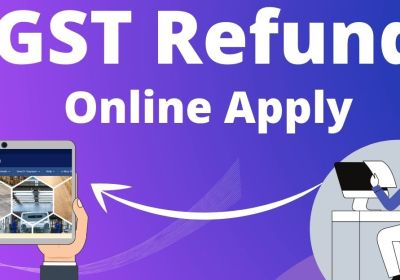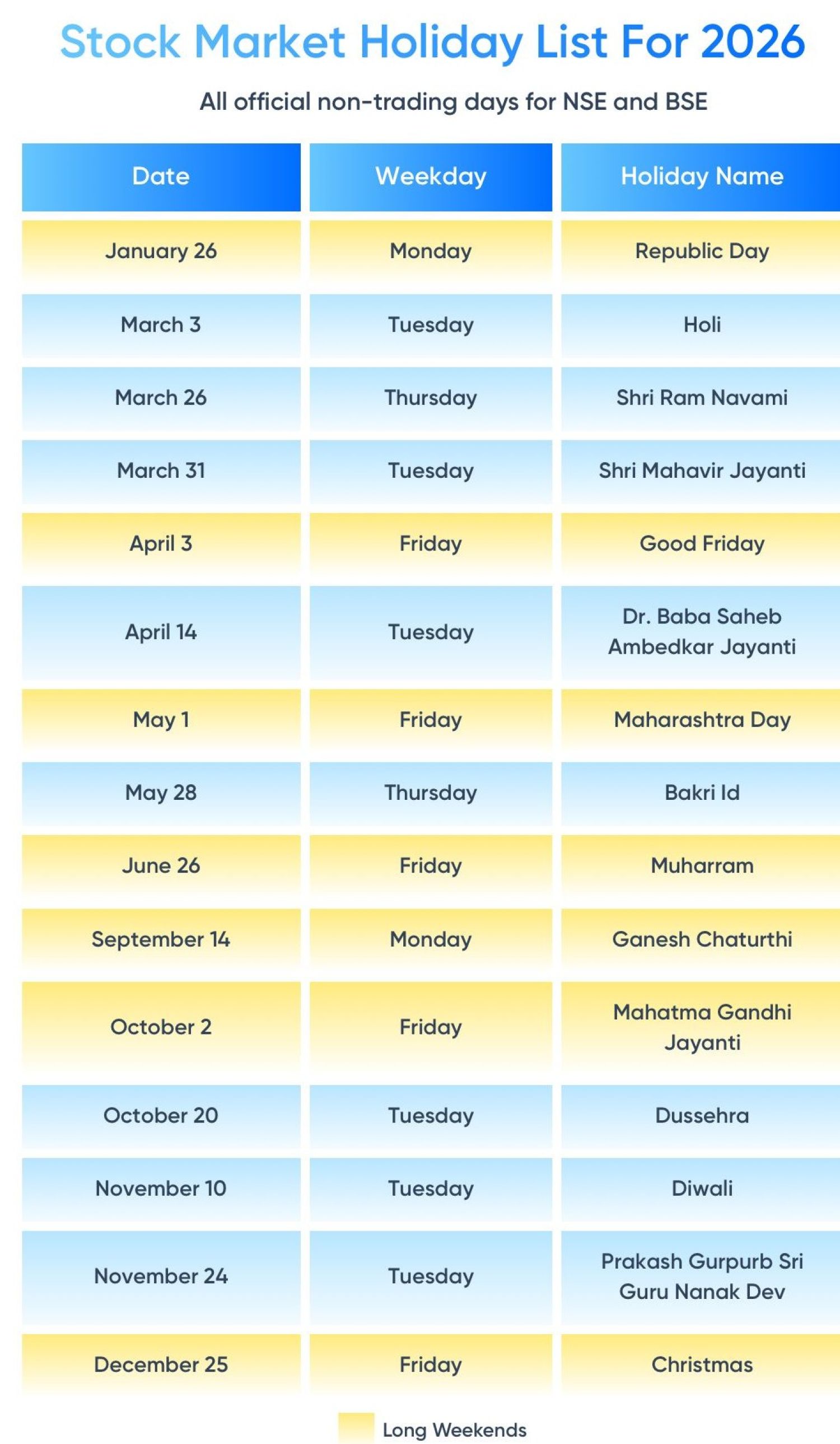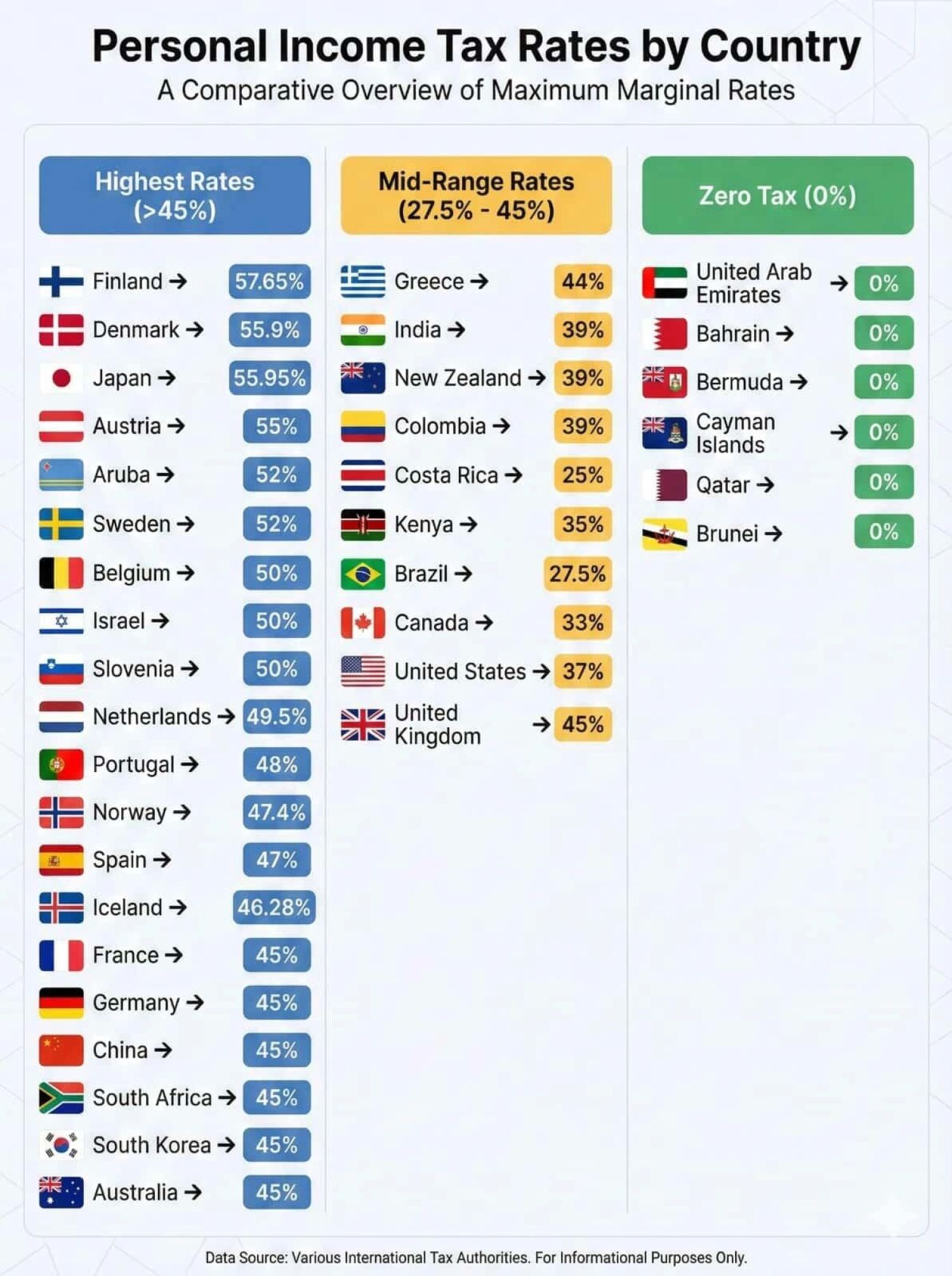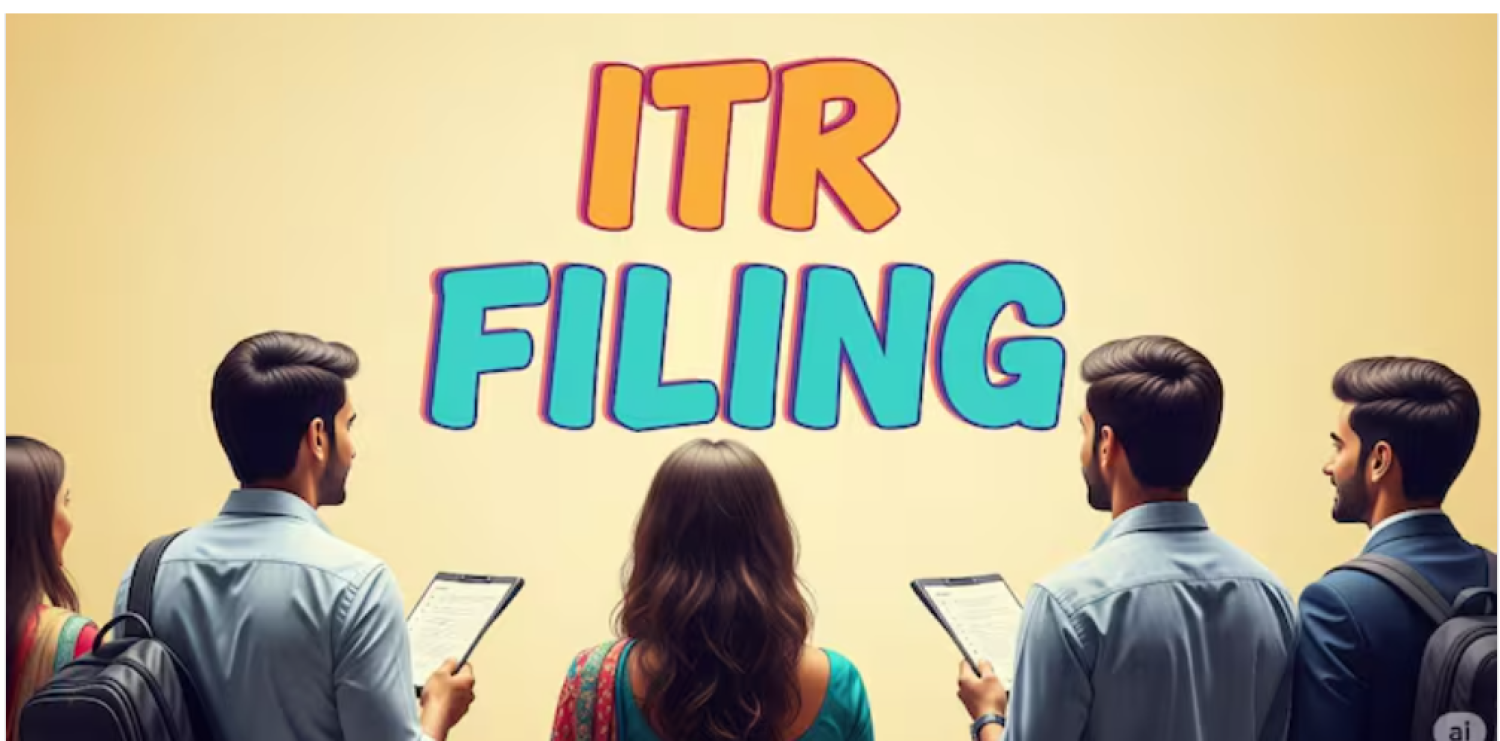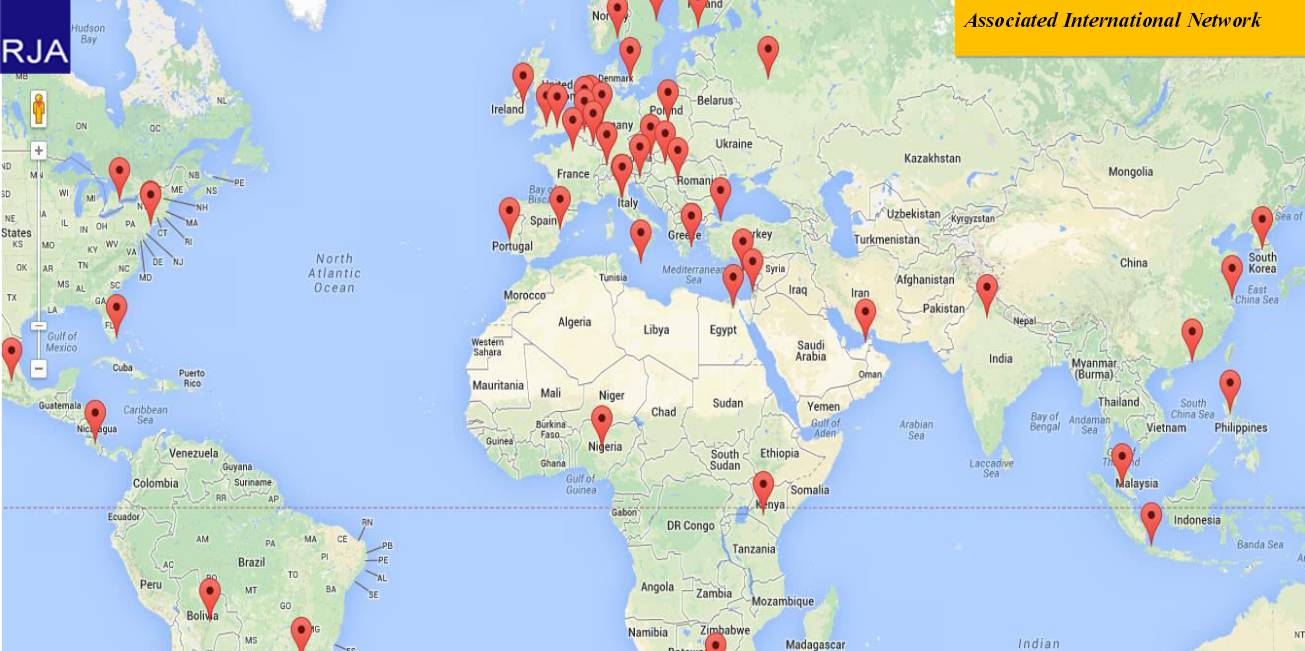Table of Contents
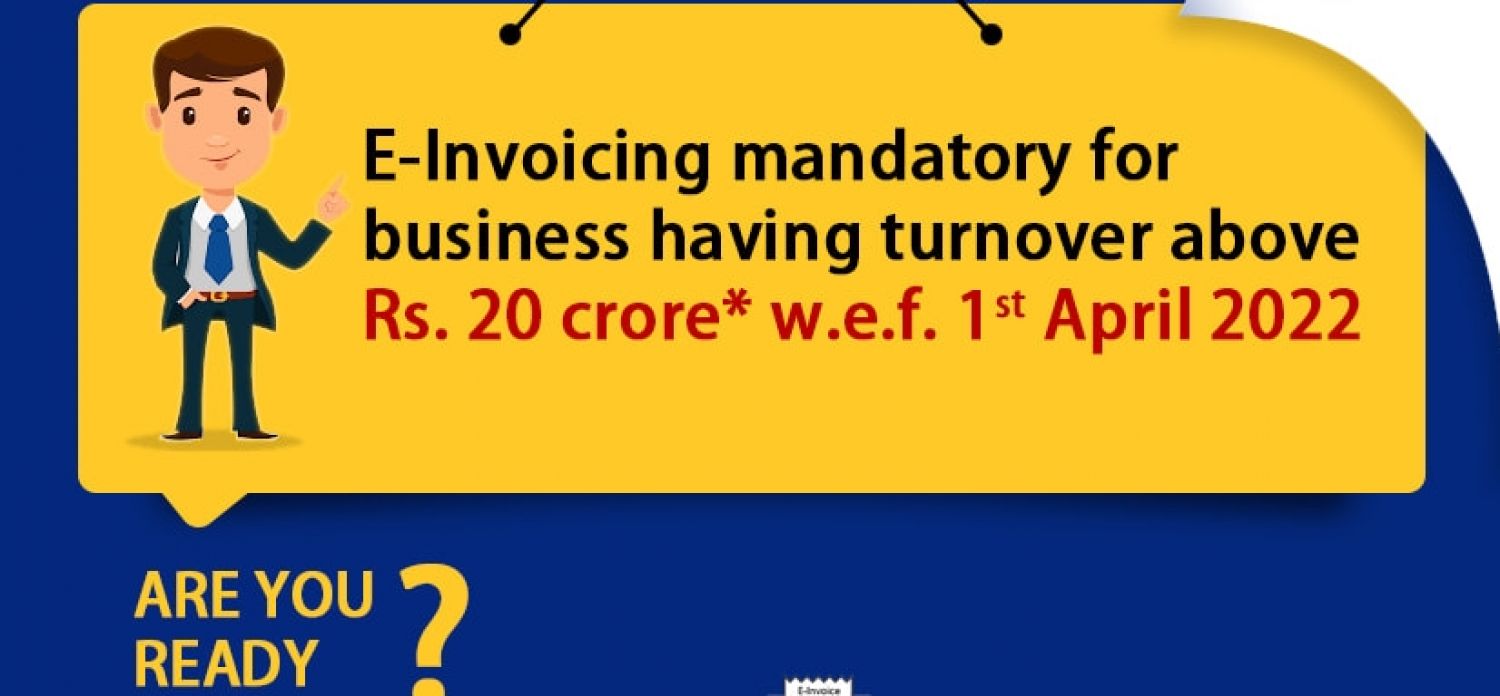
FAQ’s on E-Invoicing under GST
Q.: What exactly is E-Invoicing under GST?
E-Invoicing under GST is the process of verifying B2B invoices, exporting them online through a unified portal, and assigning a unique IRN and QR code to each authenticated invoice.
Q.: When does the system of e-invoicing work?
The 39th GST Council Meeting extended the implementation of the e-Invoicing System to October 1st, 2020.
Q.: How do I generate E-Invoices?
When B2B and export invoices are validated on the IRP and sanctioned with a unique IRN and QR Code, E-Invoices are generated.
Q.: Who should be in charge of creating E-Invoices?
All businesses with an annual aggregate turnover of Rs. 100 Crore or more are required to use E-Invoices.
Furthermore, all businesses with a revenue of Rs. 500 Crore or more must generate QR Codes for their B2C Invoices.
Q.: Is it necessary for me to create my invoices through a government portal?
No, the taxpayer must create invoices in their ERP or billing systems as usual. These invoices must also be authenticated by uploading them to the IRP, which is a unified government portal.
Q.: To generate the E-Invoice, which site should be used?
For authentication of invoices, the Government of India has provided a unified Portal for e-Invoicing called the Invoice Registration Portal or the IRP.
Q.: How is the e-invoice intended?
E-Invoicing is basically a government initiative to combat tax evasion via forged invoices and E-Way Bills. But e-Invoice also simplifies the GSTR filing and generation of e-way charges as an added benefit.
Q.: Which documents should the IRP report?
In addition to the B2B Invoices, IRP shall generate IRNs for the following documents, as well as for the B2B invoices, crediting notes, debit notes, export invoices and the B2B reverse charge invoices.
Q.: What are IRP, IRN, and QR Codes?
The Invoice Registration Portal (IRP) is a unified portal for invoice registration. The IRN- Invoice Registration Number- is a one-of-a-kind 64-character reference document issued to each invoice following authentication. The QR code is a quick reference code that contains the essential invoice information.
Q.: Are QR Codes required on all invoices?
QR codes are mandatory for all eligible businesses when e-invoicing their B2B invoices, and businesses with an annual turnover of Rs. 500 crores also receive QR codes for their B2C invoices.
Q.: How do I sign up for the IRP?
The user can log in to the IRP using their e-Way Bill Credentials. If you have no e-Way Bill credentials, you can register to your IRP directly by entering the GSTIN that users are sent to your registered number with an OTP. The user can then create a password and a username.
Q.: What should I do if my E-Invoice is rejected?
Invoices are rejected if incorrect values are present or when the e-invoice lacks any obligatory fields. If the invoice number is repeated, that is, the double invoice number is found in an e-Invoice payload, then AN invoice shall also be rejected. All mandatory fields must be re-checked, correct values entered and the IRP invoice sent back.
Q.: What should be done if the IRP lags as a result of high volume?
The GSTN has taken into account the potential of a buffer and has built ten IRPs for users to avoid overcrowding and website latency.
Q.: Will the e-Way Bill is generated automatically after the e-Invoice is created?
Yes, Part-1 of the e-Way Bill will be auto-populated with IRP Invoice data. The user, on the other hand, would have to manually fill out Part-2 of the e-Way Bill.
Q.: Will GSTR filing be automated once e-Invoicing is implemented?
No, taxpayers must continue to file their own GST returns, but after the implementation of e-Invoices, the data for filing the Returns will be auto-populated in the form of Annexure-1.
Q.: What is the SCHEMA format for electronic invoices?
The GSTN specifies the SCHEMA as an e-Invoice format. All e-Invoices must be generated in the specified format, with the mandatory and non-mandatory fields determined by the GSTN. To avoid e-Invoice rejection, the mandatory fields must be filled out on the e-Invoice. The non-mandatory fields, on the other hand, are for the users to choose from and are optional.
Q.: What is the best way to print an E-Invoice?
The user must first log in to the IRP and then select 'Print' from the left-hand side of the dashboard. The user must then enter the IRN of the e-Invoice they wish to print before clicking 'Go.'
Q.: What should I do if I am unable to register on the IRP because the error message states that you are already registered?
This indicates that the User has either created their IRP Credentials or is already registered on the e-Way Bill Portal. The e-Way Bill Credentials can be used to log into the IRP. If a user forgets their password or User ID, they can reset it from the Home page by entering their GSTIN and OTP.
Q.: Is it possible to generate two IRNs for an e-Invoice?
Because the IRN is used to identify each e-Invoice, no two invoices can have the same IRN.
Q.: What is an E-Invoicing reverse charge?
- In certain circumstances of category commodities, the tax burden falls on the Buyer rather than the Supplier, according to the Reverse Charge Mechanism.
- Is the e-Invoice going to be available on the IRP for a certain amount of time?
- The e-Invoices are only available for 24 hours after they have been generated on the IRP.
Q.: Are there any conditions that must be met before IRNs can be created?
To produce the IRN for their invoices, businesses must first register with the GST Portal and then with the e-Invoice or e-Way Bill Portal.
Q.: Is there an IRP discount feature?
Yes, the discounting capability is available on the IRP for both item-level and invoice value discounting.
Q.: Is it possible to alter an E-Invoice?
Once an E-Invoice has been generated, it cannot be altered. Within 24 hours of its generation, the user must cancel the e-Invoice and establish a new one with the right information.
Q.: How do I generate e-invoices in bulk?
The IRP has enabled the bulk generation facility. The user must first log into the IRP and then select 'Bulk Upload' under the heading 'e-Invoice.' Create a JSON file in the IRP's format, fill in the mandatory Invoice details, and then click 'upload'. The IRP outputs a list of e-Invoices as well as any mistakes.
Q.: Is it possible to connect the billing system with the IRP?
The IRP has enabled the bulk generation facility. The user has to sign in to the IRP and under the heading "e-Invoice" click on "Bulk Upload." Create a JSON file in the IRP format and enter the mandatory invoicing details and then click "Upload." The IRP lists the e-invoices or any errors as an output.
Q.: Is there a Billing System & IRP integration facility?
With ERPs, the IRP can be integrated via GSPs and APIs, like RJA. Users can carry out all operations from e-Invoice within their own ERPs after integration.
Q.: What part does the e-Invoice perform in the reconciliation process?
Reconciliation is automatic, open, and complete with E-Invoicing. No transactions are covered by taxpayers after e-Invoices have been completed. All invoices must be reported to the IRP, and the same information must be used to file GST returns. This should eliminate the possibility of invoices being missed or incorrectly reported.
Q.: What is the compliance role of e-invoices?
In the context of GST compliance, e-Invoices will play a significant role. Generally, e-Invoicing will simplify and improve compliance for businesses by auto-populating data for GSTR filing and e-Way Bills, reducing work for businesses. E-Invoices will also make ITC claims easier and more accurate.
Q.: How does an e-Invoice assist with ITC claims?
e-Invoicing is the uploading of all invoices from all business transactions in real-time. This means that there will be no fraudulent, incorrect, or disguised invoices, ensuring that only accurate and authentic ITC is claimed by a taxpayer.
Q.: What should I do if my e-Invoice is rejected?
The e-Invoice is frequently denied owing to a SCHEMA format error. Re-upload the invoice after double-checking that you've filled in all of the essential fields in the correct format.
- I produced an e-Invoice, but the client refuses to accept the products because he needs them at a later time. Is it possible to use the same e-Invoice?
- No, you must cancel the e-Invoice and establish a new one for a later date.
Q.: We are an export company and I have to report this fact to the IRP for all our customers overseas?
Yes, the IRP must be notified of all export invoices.
Q.: How long is the IRP available with my e-Invoice data?
The IRP shall provide the e-invoicing data 24 hours after generation.
Q.: Can I only report my invoices using the IRP?
No, there are several ways to report your IRP e-facts, some of which are.
Q.: We are a company of drugs. Does e-invoicing provide us with a different format to create an invoice?
No, for all Invoices in the new e-Invoicing system, only one SCHEMA format exists and all the invoices are produced in the same way.
Q.: Is there a sample of how the e-Invoice format will look?
Yes, the format will be as follows: FORMAT
Q.:Will the GSTIN of the customer be validated by the IRP?
Yes, the IRP will verify the invoice's legitimacy by checking the recipient's GSTIN.
Q.: What can I do if I generated the incorrect invoice, the transaction did not occur, and the 24-hour cancellation period has expired?
If there hasn't been any actual transaction against the invoice, you can always generate a Credit Note for it to negate it. You must carefully declare the Credit Note in your GSTR-1 and GSTR-3B filings.
Q.: Is it possible to post an invoice for a future date to the IRP?
No, for a future date, you cannot upload the Invoice. However, your invoices can be uploaded to the IRP in real time and thus for a very close future date, like 24-48 hours, the invoices can be downloaded to the IRP.
Q.: I'm an e-commerce business owner with a turnover of less than Rs. 100 crores. Do I need an e-facture still?
No, if your turnover is less than Rs 100 Crores, you do not need to generate an e-Invoice.
Q.: Do I need an e-Way Bill to generate after an e-invoice is generated?
Yes, while it is said that the data on the e-invoice will be transferred to the Portal e-Way Bill and that you will be responsible for creating Part A, you still need to provide a part B of the e-Way Bill with the other half.
Part A will also be updated only if it passes all of the validations required by the e-Way Bill Portal. If such validation fails, the user will have to manually create the e-Way bill. In the e-Way Bill, you must enter the Vehicle and Transporter information.
Q.: What is the link between e-Invoicing and e-Way Bills?
The e-Way Bill System is linked to e-Invoicing because the IRP will distribute the e-Invoice data to the e-Way Bill Portal wherever the e-Way Bill is required.
Part-A of the e-Way Bill will be generated automatically based on this information, and you will only need to provide Part-B details.
Q.: What is the relationship between e-invoicing and GST return filing?
In two ways, e-invoicing is linked to GST return filing. The e-Invoice data is expected to be immediately shared with the GST Portal as well as the Recipient of Goods/Services once the New GST Return Filing System is implemented.
This invoice data can be used by recipients to perform real-time actions on invoices. GST Portal, on the other hand, will auto-populate the e-Invoice details in the Supplier's Annexure-1.
Q.: Will e-Invoice likewise populate the e-Way Bill's Part-B?
No, because the Part-B of the e-Way Bill comprises the details of the Vehicle and the Transporter, you will have to manually auto-populate it.
Q.: What information is contained in the B2C Invoice QR code?
The B2C QR code contains a link to a URL that directs the buyer to a digital display that shows the payment status of their bill/invoice.
Q.: What is the total number of QR Codes?
There are two types of QR Codes in e-Invoicing: B2B QR Codes and B2C QR Codes. Both of these contain different information and details depending on whether the recipient is registered or unregistered.
Q.: My old mobile number is still displayed on the e-Invoicing Portal. What can I do to alter it?
The Invoice Registration Portal makes use of your GST Portal's Mail ID and Mobile Number.
If you want to make a modification on the Invoice Registration Portal, you can do so first on the GST Portal, and it will auto-update in the IRP.
Q.: How would e-Invoicing benefit the goods' recipient?
Receivers of products will benefit from e-invoicing in the following ways.
Along with the e-Invoicing system, the new GST Return System will be implemented. The Inward Supply Form for the Recipient in the New GST Return System is named Anx-2, and it replaces GSTR-2A. However, unlike GSTR-2A, Anx-2 necessitates some buyer activity, which can take some time. Suppliers Anx-1, on the other hand, will receive precise invoices thanks to e-invoicing.
Q.: How will e-Invoicing help banks with MSME loans?
Through their transactional activities, banks will be able to verify the value or worthiness of an MSME using e-invoicing. This expedites the process and makes it easier for banks to make loans to MSMEs.
Q.: How will e-Invoice help to reduce tax evasion?
By increasing transparency in the system, e-invoicing will help to reduce tax evasion. The process becomes much more transparent and systematic when invoices are authenticated in real-time as soon as they are created on a unified portal. If such a system is successfully implemented, it reduces the likelihood of bogus invoices or transactions, eventually rooting out tax evasion completely.
Q.: Will e-Invoicing eventually replace e-way bills?
As of now, e-Invoicing cannot be said to be a replacement for e-Way Bills. However, the government may reconsider preserving two systems that serve the same purpose—tax evasion—in the future. e-Invoicing is a more basic kind of invoicing, whereas e-Way Bills are used as a filter once the products have been transported. As a result, having both systems in place may be beneficial.
Q.: Will the e-Invoice populate Part-B of the e-Way Bill?
No, you must manually fill out Part-B of the e-Way Bill because it contains information about the Vehicle and the Transporter.
Q.: What information is contained in the B2C Invoice QR code?
The B2C QR code contains a link to a URL that directs the buyer to a digital display that shows the payment status of their bill/invoice.
Q.: What is the total number of QR Codes?
There are two types of QR Codes in e-Invoicing: B2B QR Codes and B2C QR Codes. Both of these contain different information and details depending on the type of Recipient—registered or unregistered.
Q.: Is it possible for a foreign service provider to integrate with the Invoice Registration Portal?
Yes, a Foreign Service Provider can integrate with the IRP, but only from within India's borders.
Q.: Is it necessary to sign the Invoice's JSON before submitting it to the IRP?
Before submitting the file, you can sign the JSON.
Q.: How to report IRP non-tax bills?
Challans or the Bill of Supplies are non-tax invoices. These documents are not required to be reported to the IRP. Yes, as ISD Invoices and ISD Credit Notes are issued by Input Service Distributors, IRN will be generated.
Q.: What e-Invoice parameters will be validated by the IRP?
The IRP will check an e-Invoice for GSTIN, Financial Year, Invoice Number, Mandatory Fields, and other information.
Limits on e-invoicing have been increased to 20 crores
- Central Board of Indirect Taxes & Customs (CBIC) made E-invoice mandatory for registered persons with aggregate revenue of more than 20 crore in any of the prior years From 2017-18 to 2021-22, with effect from 01st April, 2022, The Current Limit of ?50 crores has been reduced to ?20 crores



